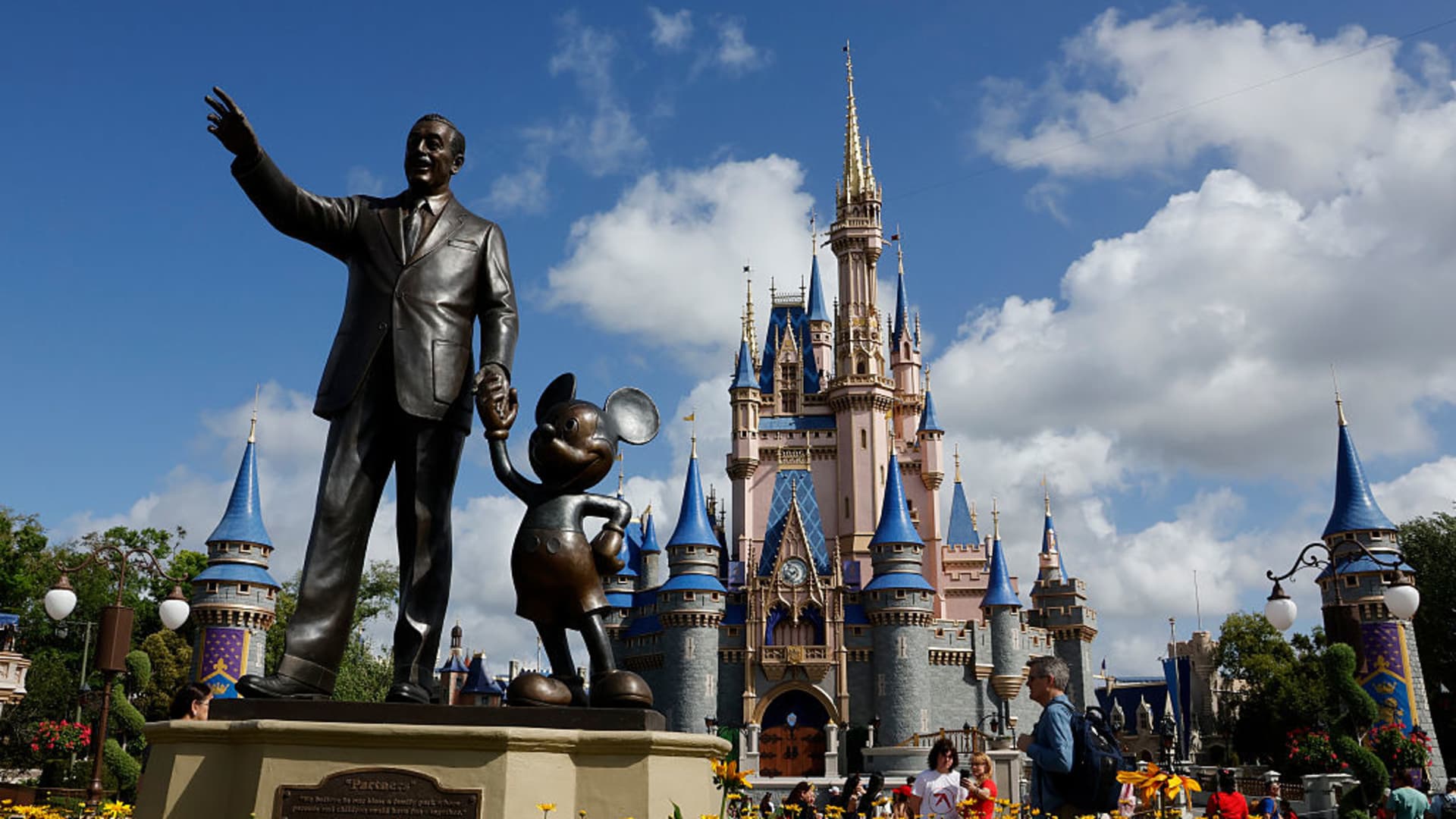The Economic Enchantment of Disney Parks: Unpacking a $67 Billion Impact
Disney Parks & Resorts are much more than realms of enchantment where fairy tales come to life. Their economic significance stretches far beyond the gates, weaving a complex, vibrant web of financial activity across the United States. With an astonishing annual impact of $67 billion, Disney’s footprint transforms local economies, fuels employment, and powers the nation’s tourism sector. This detailed analysis explores how Disney’s magic translates into economic muscle, sustaining millions of livelihoods and shaping regional markets from coast to coast.
Disney Parks: A Nationwide Economic Dynamo
Set primarily in California and Florida, Disney’s flagship resorts serve as major economic engines. Disneyland Resort and Walt Disney World not only captivate millions of visitors but also catalyze substantial financial flows well beyond their immediate locales. Together, these parks underpin a sprawling network of economic activity encompassing direct operations, a web of suppliers, hospitality, transport, and retail sectors in every state.
California’s Disneyland: A $16 Billion Catalyst
Disneyland Resort anchors Southern California’s economy with around $16.1 billion in annual impact. This infusion supports more than 102,000 jobs, from frontline park employees to local business operators relying on the resort’s visitor magnetism. The ripple extends through hotels accommodating tourists, eateries serving eager guests, and transport networks facilitating seamless journeys—all intertwining into a dynamic economic tapestry.
Florida’s Walt Disney World: Powerhouse of Prosperity
Walt Disney World eclipses its Californian counterpart with about $40.3 billion of yearly economic activity. This staggering figure backs over 263,000 jobs, making it a cornerstone of Florida’s labor market and a linchpin of the state’s tourism infrastructure. The resort’s gravitational pull energizes a vast circle of service providers and retailers, knitting a dense ecosystem that sustains regional growth.
Employment: The Vital Pulse of Disney’s Economic Energy
Disney Parks & Resorts are among the largest private employers connected to the U.S. tourism sector, directly and indirectly sustaining upwards of 403,000 jobs. These range from the visible—theme park entertainers and ride operators—to the behind-the-scenes workforce of hotel staff, food service providers, logistical coordinators, and retail associates. This broad employment base feeds into local economies through wages, spending, and the provisioning of services, creating a robust cycle of economic vitality.
Tourism and Its Multiplier Effect on Local Economies
Attracting millions annually, Disney’s parks act as powerful engines of tourism-driven spending. Visitors’ expenditures extend beyond park tickets—covering accommodations, dining, local transportation, and retail—bolstering a diverse array of local enterprises. This influx boosts hotel occupancy rates, restaurant revenues, and retail sales, while also enhancing cultural and entertainment offerings in nearby communities.
By anchoring cities like Anaheim and Orlando as global travel destinations, Disney promotes urban development and invites infrastructural investments that raise the quality of life for residents and enrich visitors’ experiences alike.
Strategic Expansion: Investing in Tomorrow’s Magic
The future looks promising as Disney invests billions to broaden, upgrade, and technologize its parks and resorts. Planned expansions include new attractions and immersive lands designed to deepen guest engagement and extend visitor stays. These projects generate significant construction demand and specialized employment, amplifying Disney’s economic contributions and reinforcing its competitive edge amid evolving entertainment trends.
Such forward-looking strategies ensure Disney remains a dominant force in the theme park industry, adapting to changing consumer preferences while sustaining its economic vitality.
Demonstrated Resilience Amid Economic Fluctuations
Even amid inflationary pressures, shifts in consumer behavior, and external shocks such as natural events, Disney Parks have shown remarkable resilience. Increased attendance and revenue growth in recent years reflect enduring consumer appeal. Despite occasional income fluctuations, the parks consistently generate strong profits, underpinning a vast network of jobs and supplier partnerships that buffer regional economies against broader economic uncertainties.
Conclusion: Disney Parks—More Than Magic, an Economic Cornerstone
Beyond the enchantment of castles and beloved characters lies an economic titan. Disney’s $67 billion annual infusion into the U.S. economy represents a foundational pillar of jobs, community development, and tourism vitality. By supporting over 403,000 jobs and fostering economic networks in every state, Disney Parks & Resorts embody a unique blend of cultural significance and economic muscle.
As investments and innovations continue to shape future offerings, Disney’s capacity to produce economic enchantment promises sustained value for communities, businesses, and stakeholders nationwide. In this grand narrative of economic impact, Disney is not just a storyteller—it is a master architect of prosperity woven into the fabric of American life.











